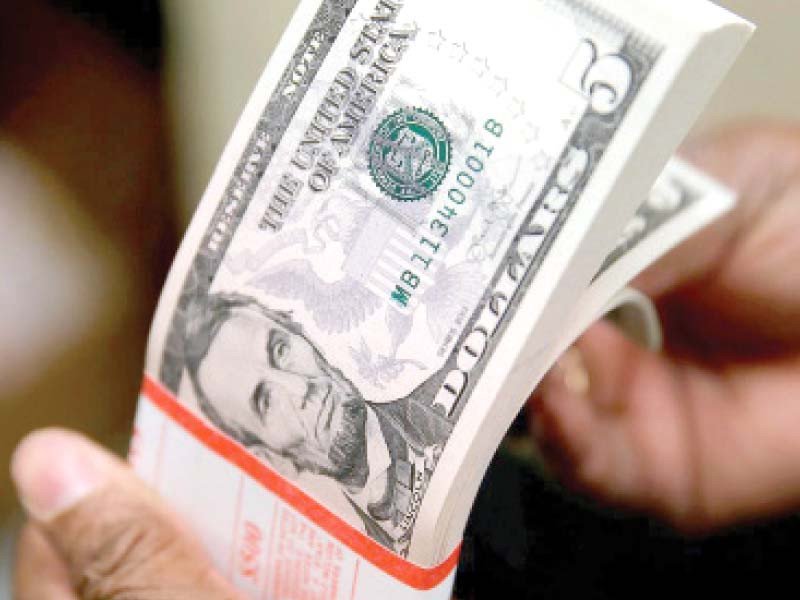Current account deficit narrows 39%
“Current account deficit shrank to $623 million in April 2022; only two-thirds of March 2022 deficit of $1,015 million,” the central bank said on its official Twitter handle late on Thursday.
“A rise in workers’ remittances (by $315 million) and fall in imports (by $246 million) explain this reduction.”
Besides, the export earnings improved $83 million to $3.15 billion in the month under review compared to $3.07 billion in the prior month.
However, in the first 10 months (Jul-Apr) of current fiscal year, the cumulative current account deficit soared 27 times to $13.78 billion compared to a mere $543 million in the same period of last year.
On a month-on-month basis, April is the second consecutive month when the current account deficit has contracted.
Last month, the central bank reported that the non-oil current account balance remained in surplus for the second successive month in March.
It, however, remained unclear whether the non-oil current account remained in surplus for the third consecutive month.
The improvement in the current account deficit came following imposition of restrictions on car financing by banks to reduce imports in September 2021.
Later, the then government increased taxes and duties on imports through a mini-budget in January 2022.
On Wednesday, the new PML-N led coalition government banned imports of luxury items like cars of over 1,800cc engine capacity, doubled import duty on mobile phones and increased the rate of taxes on imports of dozens of items including cold-rolled steel, tyres and rubber.
The government estimated that the new measures would help cut the import bill by $500 million a month and further reduce the current account deficit in the coming months.
Workers’ remittances hit a historic high at $3.12 billion in April compared to $2.81 billion in the previous month.
Imports of goods shrank to $6 billion in April compared to $6.25 billion in the prior month.
Arif Habib Limited Head of Research Tahir Abbas said that the current account deficit stood notably lower in April compared to market expectations for $1-1.5 billion deficit.
The deficit shrank to $623 million, as it got support from a significant surge of $500-600 million in workers’ remittances to an all-time high at $3.12 billion in April compared to the monthly average of around $2.5 billion in recent months.
“The drop in the current account deficit, however, seems unsustainable for May,” he said, adding that the remittances were unlikely to stay above $3 billion in the current month, as the inflows peaked in April due to Ramazan and Eid festival.
Besides, Pakistan’s energy import bill is expected to remain high following the country opted to buy expensive liquefied natural gas (LNG) from the spot market to overcome the shortfall.
“We have estimated the overall current account deficit in the range of $16-16.5 billion for fiscal year 2022,” he said.
Earlier, the central bank revised its projection upwards for the current account deficit to $14 billion (4% of gross domestic product) for FY22.
Sherman Securities’ analyst Fayaz Hussain said in a commentary “the number is below market expectations due to lower State Bank of Pakistan’s (SBP) import number of $6 billion compared to Pakistan Bureau of Statistics’ (PBS) figure of $6.7 billion, showing a difference of around $700 million.”
The impact of the ban on imports will likely be significantly lower than the government’s estimates.
“We believe the ban on imports of nearly 800 items in 33 categories will be partially offset by high fertiliser imports (one-off increase) and increase in the energy import bill, especially petroleum products, due to soaring international crude oil and petroleum prices.














Leave a Reply